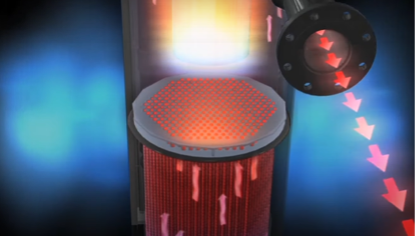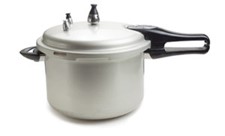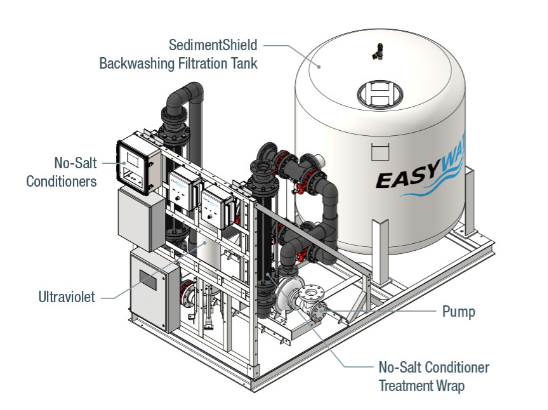In our world, a certain style of water heater may be referred to with many different names. Over the next few weeks, the R. L. …
Happy New Year from R.L. Deppmann
Happy New Year from everyone at R.L. Deppmann! We look forward to continuing to serve you in 2025 and wish you a joyful and prosperous …
Happy Holidays from R.L. Deppmann!
We wish you a holiday season filled with joy and cheer. Happy Holidays from all of us at R.L. Deppmann! …
Sizing Pressure Relief Valves for Closed Chilled Water Systems
Pressure relief valve sizing for heating systems is well documented by ASHRAE, boiler codes, and product manufacturers such as Bell & Gossett. Relief valve sizing …
Hydronic and Steam Heating Pressure Relief Valves
The pressure relief valve or pressure safety valve is the last line of defense when a steam or water heating system is in trouble. This …
Open Cooling Tower Systems – An External Water Treatment Example
External water treatment in cooling tower systems will save labor and operational costs. It also saves the planet by reducing your clients’ dependance on chemicals …
Happy Thanksgiving from R.L. Deppmann!
Thank you to our valued customers and industry partners for working with the R. L. Deppmann Company in Michigan and Northern Ohio! We will be …
Open Cooling Tower Systems — External Water Treatment Options
When people think of water treatment, they think of adding chemicals to the water to change it. That is the internal water …
Open Cooling Tower Systems — Internal Water Treatment Options
Cooling tower water will contain a variety of contaminants which are bad for the system and bad for people around the tower. Due …
Open Cooling Tower Systems — Water Treatment Options Overview
Dirt and Particulate are visible signs of trouble brewing in your open cooling tower system. Unfortunately, the things you cannot see brewing in …





